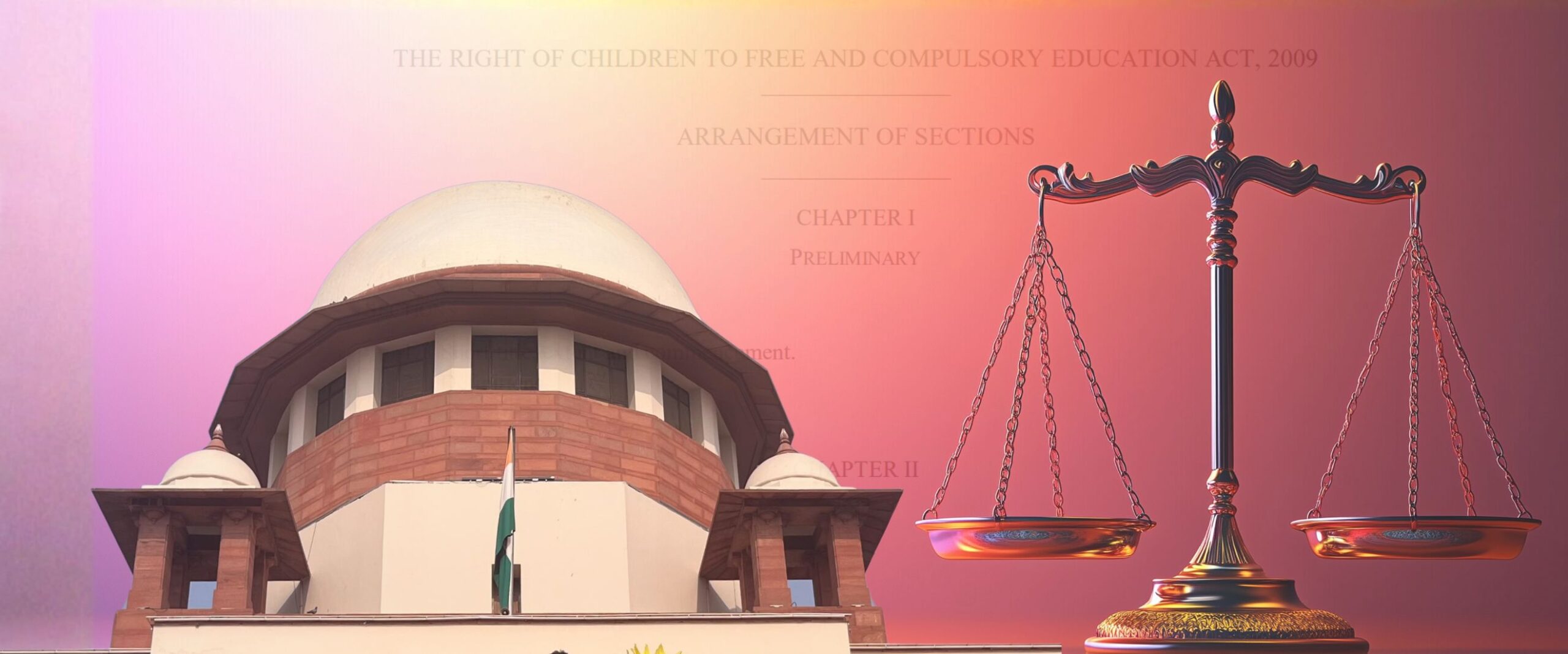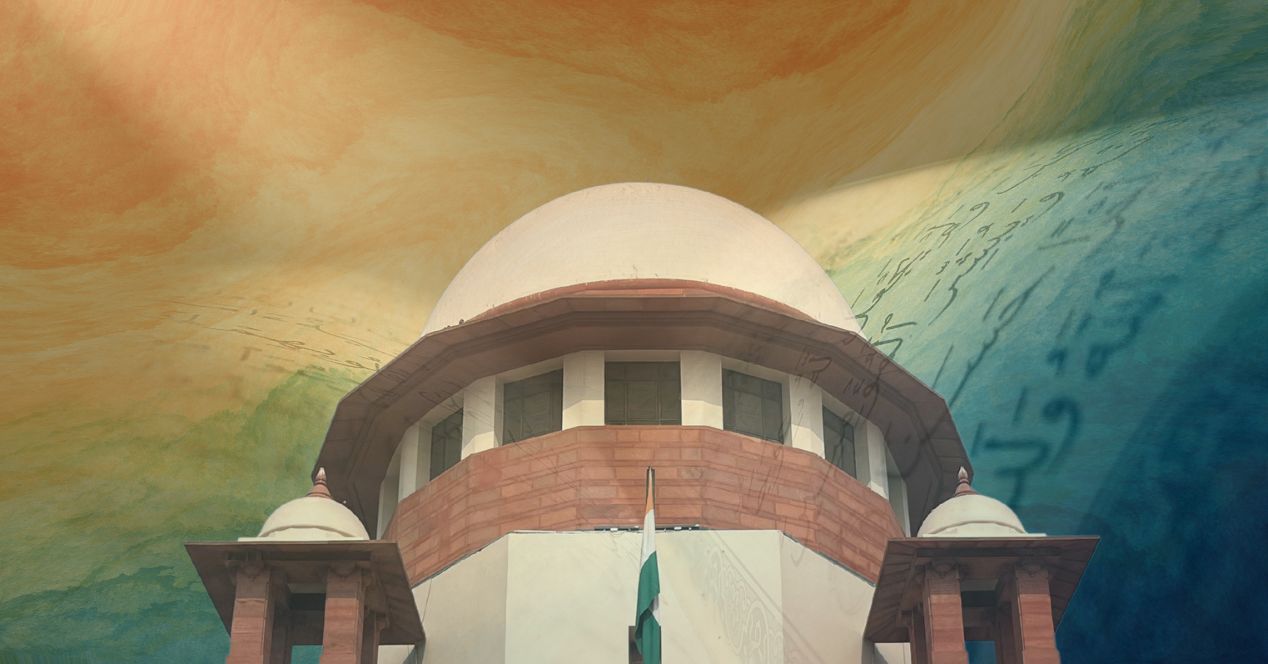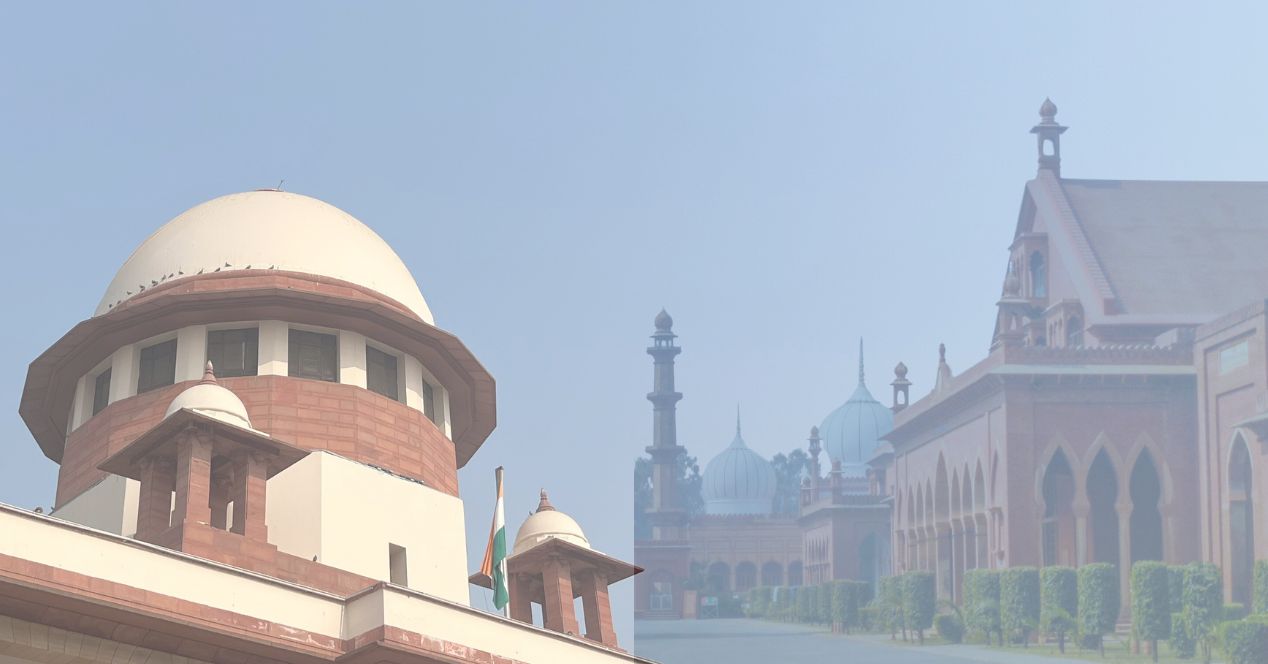Analysis
Should certain provisions of the RTE Act apply to Minority Educational Institutions?
By referring its verdict in ‘Pramati’ to a larger Bench, the SC has opened the door to a more egalitarian reading of the right to education

On 1 September 2025, in Anjuman Ishaat E Taleem Trust v State of Maharashtra, a Bench of Justices Dipankar Datta and Manmohan held that aspiring and in-service teachers are required to pass the Teacher Eligibility Test (TET) formulated under the Right to Education Act, 2009 (RTE). The Court clarified that the ruling doesn’t apply to Minority Educational Institutions (MEIs) established and administered under Article 30 of the Constitution.
However, having said this, the Bench referred the Supreme Court’s 2014 Judgement in Pramati Education and Cultural Trust v Union of India to a larger Bench. In Pramati, a five-judge Bench had held that Section 12(1)(c) of the RTE Act, which mandates reservation of 25 percent to children belonging to weaker sections and disadvantaged groups in the neighbourhood, does not apply to MEIs under Article 30(1). That Bench had then gone further and directed a blanket ban on applying the RTE Act to aided and unaided minority institutions.
In Anjuman, the Court has rightly questioned this sweeping exclusion and made the reference:
“The point of concern which, therefore, arises is: if the only substantive concern raised by the Bench was related to Section 12(1)(c), what then justified the sweeping conclusion that the entire RTE Act was inapplicable to minority institutions, aided or unaided? Unfortunately, Pramati does not appear to offer any reasoning whatsoever for extending the exemption beyond Section 12(1)(c). In the absence of any analysis of the other sections of the RTE Act vis-à-vis Article 30(1), the blanket exclusion, with respect, appears legally suspect and questionable…”
Given that the Court has situated the right to elementary education within the right to life (Article 21A) and the transformative jurisprudence it has adopted over the years, this question now stands at the intersection of minority rights and the State’s obligation to ensure quality education.
In the Constituent Assembly
Amid the seemingly conflicting views between two fundamental rights, let’s revisit the Constituent Assembly Debates. When the motion in favour of the present-day Article 30 was debated and passed on 8 December 1948, the discussion in the Assembly largely revolved around the medium of instruction. At no point did the framers suggest that the quality of teaching could be compromised. In fact, it’s clear that the framers saw education as a transformative force essential for democracy, equality and social upliftment.
K.T. Shah had moved an amendment proposing that minority institutions be recognised only if they conformed to the national standards of education, which covered courses of instruction, methods of teaching and equipment. However, Shah’s amendment did not pass, and the Assembly adopted the broader language we now see in Article 30. On 24 November 1948, during the discussion on Draft Article 38 (which later evolved into Article 21A and parts of Article 45), B.H. Khardekar reminded the Assembly that the “front of education is the most important one” in a country where democracy is in “its infancy” and “has to flourish.”
On 17 December 1946, during the debate on the Objectives Resolutions, M. R. Masani had stressed that the Resolution’s most vital guarantee of equality of opportunity could only be made real if it was backed by equal access to education and the chance to develop natural talents. He noted that the immense potential of Indian people couldn’t be tapped without proper facilities for education.
From the Court’s docket
The Supreme Court’s own judgements have time and again balanced minority autonomy rights with the State’s goal of ensuring quality education. In cases involving the interpretation of Article 30, the Court has consistently taken the view that the autonomy of MEIs is subject to the State’s reasonable regulations to ensure standards of excellence.
In State of Kerala v Very Rev. Mother Provincial (1970), the Court upheld the application of the Kerala University Act, 1969 to MEIs. It pointed out that while management must be left to the minority, the administrators cannot decline to follow the general standard expected of educational institutions under the guise of an exclusive right of management.
In Ahmedabad St Xavier College Society (1974), the Court observed that there were two aspects to university affiliation. One was related to academic and infrastructural standards such as the syllabus, curriculum, method of instruction, teacher qualification, library and lab facilities, provisions for student health and hygiene. The second aspect was connected to governance—the rules and conditions that regulate how the institution is managed and administered. The verdict made it clear that if an MEI wished to be affiliated, it would have to follow statutory measures related to the first aspect.
In St. Stephen’s College v University of Delhi (1991), the Court held that MEIs can admit non-minorities but must maintain academic standards. It observed that the State “has the right to regulate the standard of education and allied matters.” Stephen’s was approvingly cited by the eleven-judge Bench in T.M.A. Pai Foundation v. State of Karnataka (2002), where the Court reiterated that minority institutions are free to admit both minority and non-minority students but must maintain standards prescribed by the State and universities.
The majority opinion in TMA Pai also endorsed the advisory opinion of the Court in Kerala Education Bill (1958), where it was observed that the “right to administer cannot obviously include the right to maladminister.” In Kerala Education Bill, the Court had considered it obvious that a minority “cannot ask for aid or recognition” for an MEI run “in unhealthy surroundings, without any competent teachers possessing any semblance of qualification, and which does not maintain even a fair standard of teaching, or which teaches matters subversive to the welfare of scholars.”
In P.A. Inamdar v State of Maharashtra (2005), the Court reiterated its observation in Ahmedabad St Xavier College: regulations related to affiliation are unquestionable if they do not seriously curtail or destroy the right of minorities to administer educational institutions.
From text to transformation
The idea of ‘transformative constitutionalism’ follows from the view that the Constitution is a living document. It captures the framers’ vision of deploying constitutional rights as instruments of social change. When fundamental rights are in conflict, the principle could be useful in breaking the deadlock and ensuring that the Constitution’s progressive vision is preserved and advanced.
Here’s what the Court said in the Sabarimala Temple Entry case (2018), where a 4:1 majority held the temple’s practice of excluding women as unconstitutional:
“In a constitutional transformation, the means are as significant as are our ends. The means ensure that the process is guided by values. The ends, or the transformation, underlie the vision of the Constitution. It is by being rooted in the Constitution’s quest for transforming Indian society that we can search for answers to the binaries which have polarised our society. The conflict in this case between religious practices and the claim of dignity for women in matters of faith and worship, is essentially about resolving those polarities.”
In Navtej Singh Johar (2018), the court struck down Section 377 of the Indian Penal Code to the extent it criminalised consensual adult same-sex relations. In the context of transformative constitutionalism, the Bench observed:
“The expression ‘transformative constitutionalism’ can be best understood by embracing a pragmatic approach which will help in recognising the realities of the current day. Transformation as a singular term is diametrically opposed to something which is static and stagnant; rather, it signifies change, alteration and the ability to metamorphose….”
While striking down the criminalisation of adultery in Joseph Shine (2018), a five-judge Constitution Bench noted that that “this Court has travelled on the path of transformative constitutionalism and, therefore, it is absolutely inappropriate to sit in a time machine to a different era where the machine moves on the path of regression.”
Reconsidering Pramati
When a larger Bench sits to revisit Pramati, it could profitably resort to the idea of transformative constitutionalism to resolve any tension between Article 21A and Article 30. This approach would be consistent with the intention of the framers—as expressed in the Constituent Assembly—and the long line of case law which makes it clear that statutory standards regulating quality of education do not impinge on the rights of minorities to run institutions.
In Pramati, the Court found that Section 12(1)(c) of the RTE Act violates Article 15(5), which expressly excludes MEIs from the State’s affirmative action programmes in the educational sphere. From there, the Bench leapt to a disproportionate and unwarranted exclusion of MEIs from the entire RTE Act. However, the Act contains several provisions that strictly have to do with maintaining standards in schools. There are provisions covering secular aspects such as duties of teachers, pupil-teacher ratios, filling up vacancies, prohibition of deployment of teachers for non-educational purposes, prohibition of private tuitions by teachers, and curriculum and evaluation procedures. Can these provisions be validly said to interfere with the autonomy of MEIs? The larger Bench in Pramati will have to consider these questions.
The wider question underlying the reference is whether the Constitution looks at education primarily as an instrument of social progress or as an arena strictly defined by minority-majority boundaries. It is now for the larger Bench to recalibrate the balance between group rights and the right to quality education. The reconsideration will test whether the Court leans toward a conservative pluralist reading of the Constitution or a transformative and egalitarian one.
Shivani Singh is an Assistant Professor at the Faculty of Law, University of Delhi.




